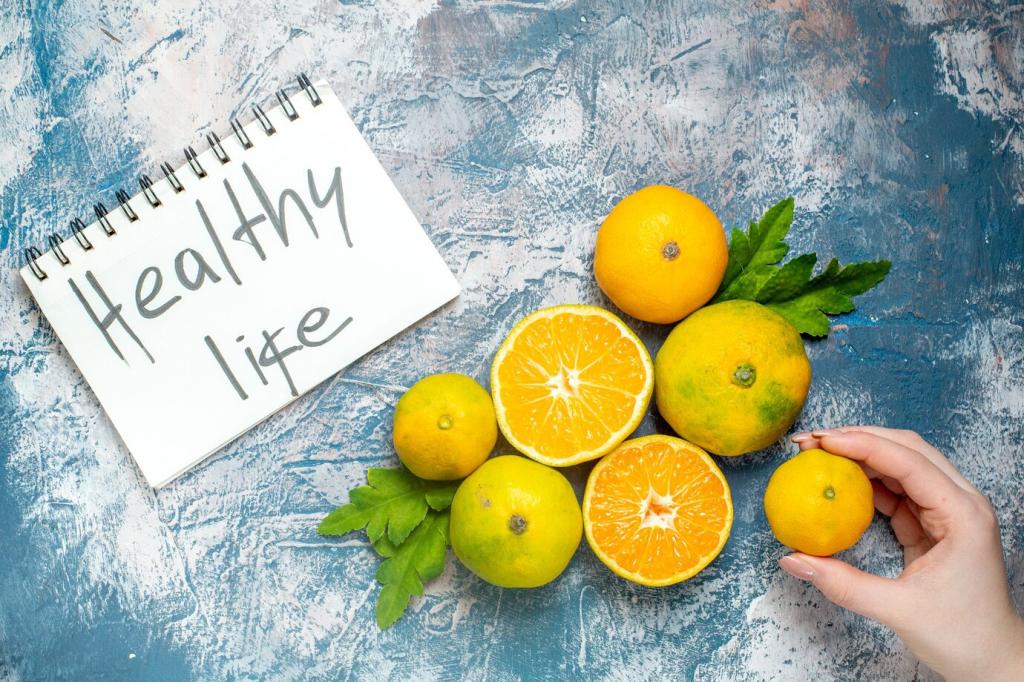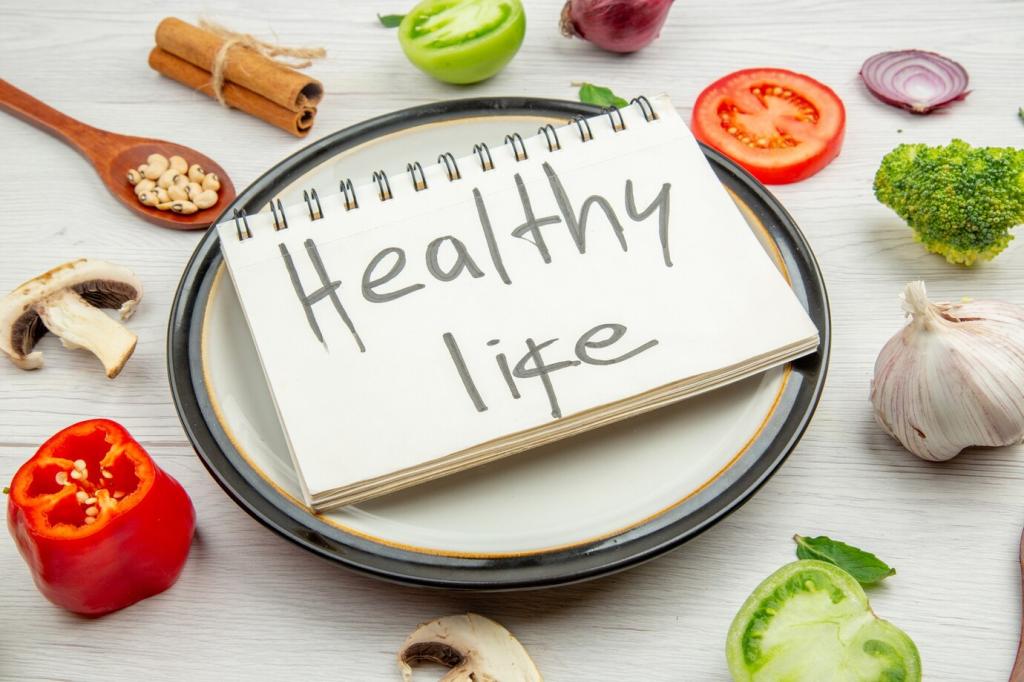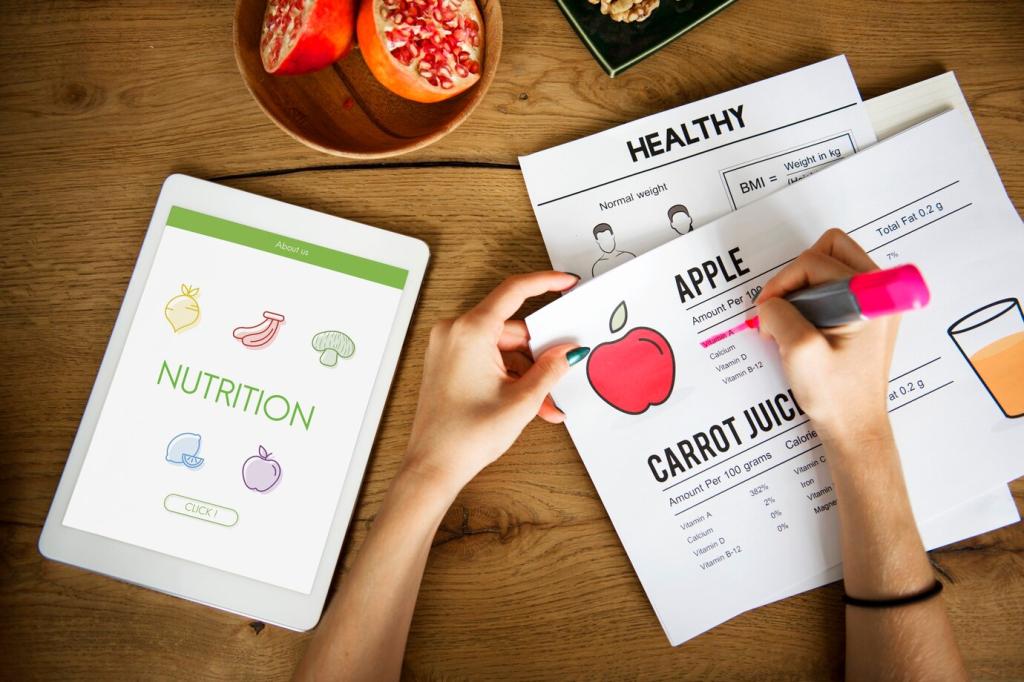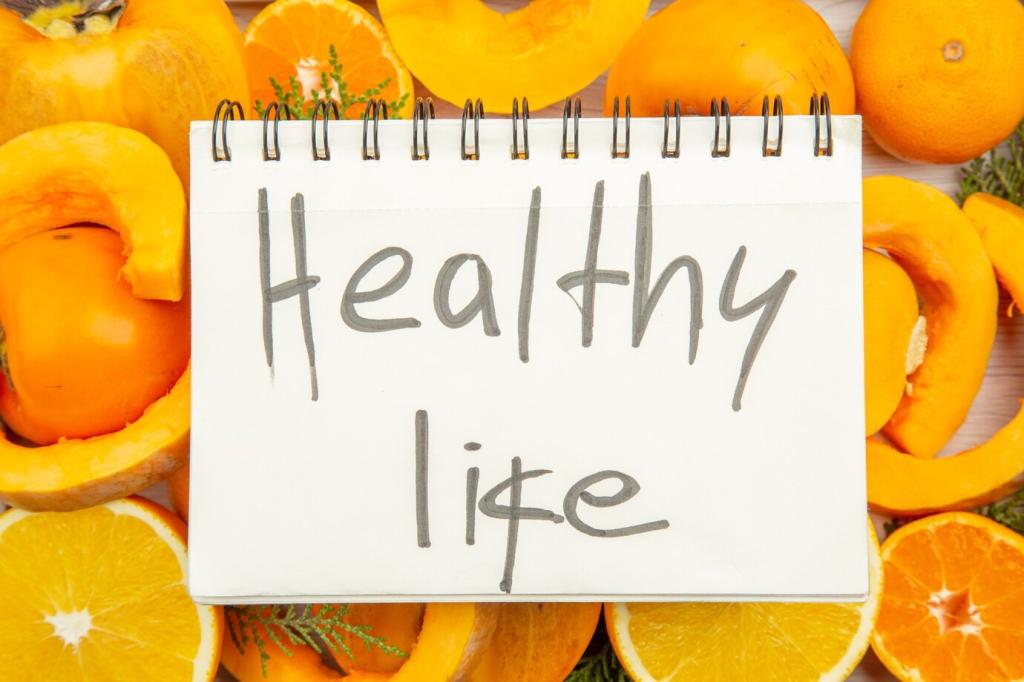Chosen theme: Best Post-Workout Foods for Muscle Repair. Rebuild stronger with nourishing, practical choices that actually fit your routine. Explore science-backed meals, simple snacks, and real stories that turn recovery into a delicious habit. Share your favorite combo and subscribe for fresh recovery ideas.
Why Post-Workout Nutrition Matters
Strength and endurance sessions create tiny muscle tears that signal adaptation. Protein rich in leucine jumpstarts muscle protein synthesis, while carbohydrates restock glycogen and temper cortisol. Combined, they provide building blocks and energy so your body rebuilds stronger, not just recovered but more resilient.


Whey vs. Greek Yogurt
Whey digests quickly, delivering leucine fast—great in a shake when time is tight. Greek yogurt brings high protein, probiotics, and a creamy texture that pairs beautifully with fruit. Choose whey for speed, yogurt for satiety, or combine both across snack and meal.

Eggs on Whole-Grain Toast
Eggs supply complete protein and key nutrients like choline. Whole-grain toast adds complex carbohydrates for glycogen and fiber for fullness. Add spinach or tomatoes for color and vitamin C, and you have a reliable recovery staple that is as affordable as it is effective.

Plant Proteins with Leucine Smartness
Soy, pea plus rice blends, and firm tofu all contribute essential amino acids. Fortified plant yogurts and tempeh boost protein density. Round out your plate with grains or legumes to complement amino profiles, ensuring you hit that leucine threshold without leaning on dairy or meat.
Carbohydrates: Refill the Tank, Support the Build
Bananas, berries, and oranges deliver quick-digesting carbs, potassium, and antioxidants. Their natural sweetness pairs easily with protein shakes or yogurt. After tough intervals, fruit helps top up energy, while colorful polyphenols may take the edge off excessive inflammation from taxing sessions.


Fats: Friends, Not Foes, in Recovery
Salmon, sardines, and trout bring EPA and DHA, linked with reduced muscle soreness and improved recovery perception. Pair salmon with quinoa and roasted vegetables for a complete plate. Even a small portion can contribute to better joint comfort after demanding training cycles.
Fats: Friends, Not Foes, in Recovery
Almonds, walnuts, chia, and flax deliver healthy fats, magnesium, and fiber. Sprinkle them over yogurt or blend into a smoothie for texture and satiety. Keep portions mindful post-workout—about a small handful—to complement, not overshadow, your protein and carbohydrate targets.
Sodium and Potassium Rebalance
Heavy sweaters benefit from sodium in broths, salted potatoes, or sports drinks. Potassium from bananas, coconut water, and potatoes supports nerve signaling. Together, they help maintain fluid balance so cramps are less likely and your next training block feels steadier and more confident.
Tart Cherry and Berry Brightness
Tart cherry juice and dark berries provide anthocyanins associated with reduced soreness and improved sleep quality. Sip a small glass with a protein-rich snack, or blend cherries into a yogurt bowl. Consistency across weeks matters more than any single miracle serving.
Collagen with Vitamin C Support
If tendons or connective tissues need attention, pair gelatin or collagen with vitamin C from citrus or strawberries. This combo supports collagen synthesis around training. Add it to your routine thoughtfully while still prioritizing complete proteins for overall muscle repair and strength gains.
Quick, Practical Post-Workout Meals and Snacks
Blend whey or plant protein with banana, oats, frozen berries, and spinach. Add milk or soy milk for creaminess and electrolytes. A spoon of peanut butter or flax boosts calories on heavy days. This template scales to your goals, from lean toning to muscular gain.
Grab Greek yogurt, a piece of fruit, and a small bag of pretzels for carbs and sodium. Add jerky or a carton of chocolate milk for extra protein if needed. It is not glamorous, but it fuels repair quickly when life pulls you in ten different directions.
Build bowls with chicken or tofu, quinoa or rice, roasted vegetables, and a yogurt or tahini sauce. Label portions to match training intensity days. Having these ready removes decision fatigue, so you eat for goals, not just convenience, and progress feels steady and sustainable.
Tailor Your Plate to Your Training
Heavy Strength Days
Aim for the higher end of protein—around 30–40 grams—with moderate carbs to recover and support growth. Think steak and potatoes, tofu stir-fry with rice, or eggs and oatmeal. Add a colorful vegetable for micronutrients that keep your training engine humming reliably.
Endurance and High-Volume Sessions
Prioritize carbohydrates to refill glycogen fully, then add 20–30 grams of protein. Try a turkey and rice bowl, salmon and sweet potato, or a hearty bean and grain salad. Include sodium to replace sweat losses and keep your hydration status on track.
Sensitive Stomach Solutions
Choose low-fiber, lower-fat options right after training: rice, eggs, lactose-free milk, ripe bananas, or simple smoothies. Build your full meal once your stomach settles. Keep notes on what sits well so you can recover confidently without guessing every single workout.
